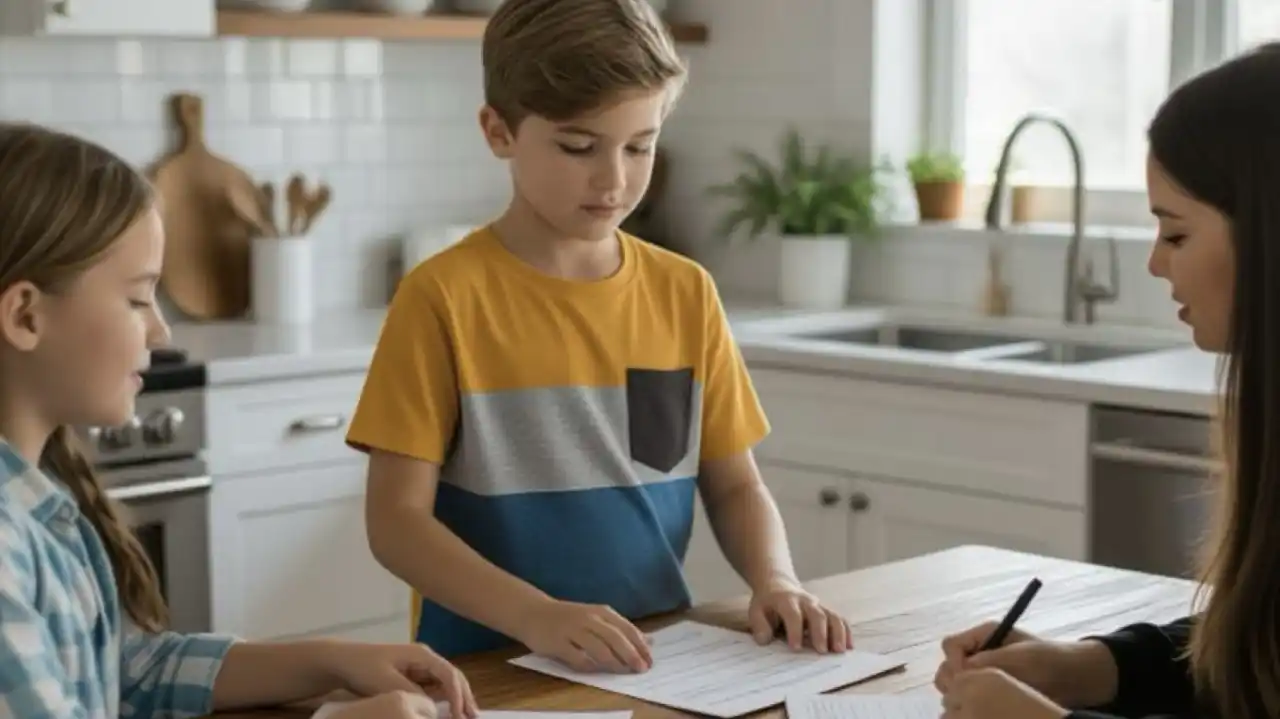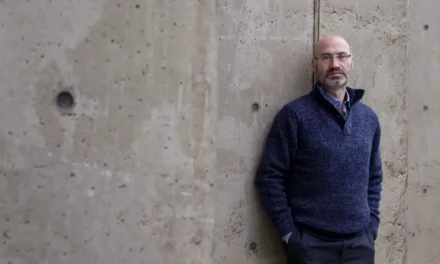
Fostering Collaboration and Teamwork: Conclusion
I
n the cafés of prewar Paris, collaboration wasn’t a concept—it was a way of life. Writers shared pages, painters swapped sketches, and students challenged each other over strong coffee and stronger ideas. That spirit—of working side by side to shape something bigger than oneself—can live in your home, too. Through games, debates, chores, and community projects, children learn that teamwork isn’t about who leads or wins, but how each person lifts the whole.
When kids help run a booth, build a model, or co-write a story, they begin to see what cooperation really means: shared vision, mutual respect, and a sense of belonging. These experiences foster the confidence to speak, the humility to listen, and the skill to coordinate—a foundation not just for school teams or clubs, but for life in a shared world.
In the next chapter, we turn from collaboration to curiosity. We’ll explore how to cultivate a love of learning—one that draws from Enlightenment thinkers and today’s scientists alike—so your home becomes not just a place for teamwork, but a launching point for lifelong discovery.
Table of contents

Primordial Soup for the Mind: Navigation
Navigate the book Primordial Soup for the Mind.
Further Reading
- Johnson, D. W., & Johnson, R. T. (1999). Learning Together and Alone: Cooperative, Competitive, and Individualistic Learning.
- Vygotsky, L. S. (1978). Mind in Society: The Development of Higher Psychological Processes.
- Palincsar, A. S., & Brown, A. L. (1984). Reciprocal Teaching of Comprehension-Fostering and Monitoring Activities.
- Daniels, H. (2001). Vygotsky and Pedagogy.
- Gillies, R. M. (2016). Cooperative Learning: Review of Research and Practice.
- Brown, C. P., & Roland, M. (2021). Creating Compassionate Kids: Essential Conversations to Have with Young Children.



